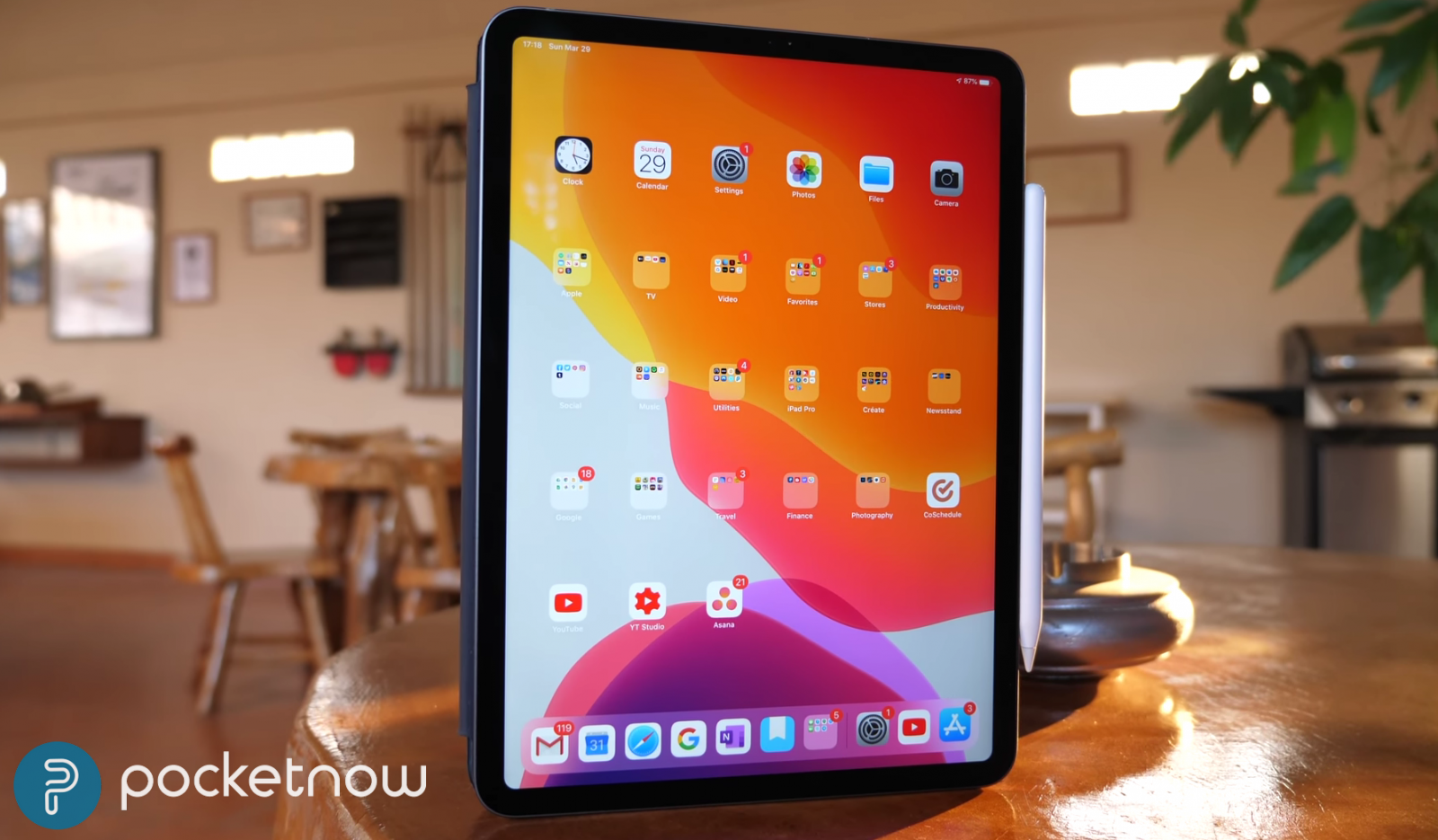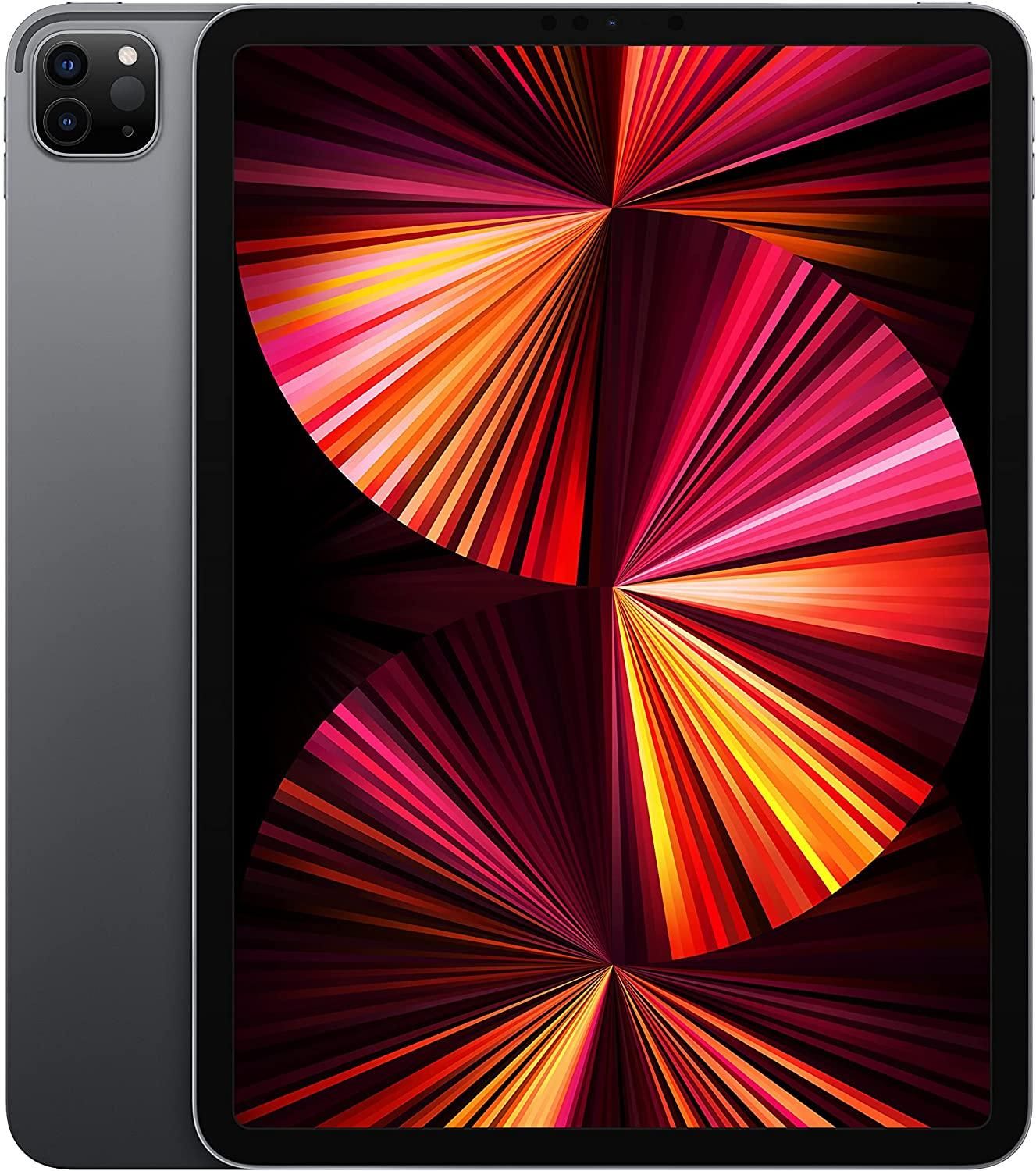Cupertino started the transition from LCD technology to OLED displays on its smaller devices some years ago. We have already received several iterations of iPhone and Apple Watch models with OLED displays. However, we have been waiting patiently to see OLED displays land in some of Apple’s larger devices. Rumors have suggested that Cupertino is bringing this technology to MacBooks and iPads, some even claiming that we could see them as soon as next year. However, the latest information claims that we may have to wait a bit longer as this new tech could arrive until 2025.
According to a report from The Elec, Apple has been in talks with Samsung and LG to get the necessary OLED panels used in future iPad and MacBook devices. Still, this doesn’t mean that an OLED iPad or MacBook will feature this technology anytime soon.
“The iPhone maker has initially planned to launch its first MacBook with an OLED panel in 2025 but this plan is likely to be postponed, people familiar with the matter said.
Apple has been discussing applying OLED panels to its iPad lineup with the South Korean companies as well. The tablets sporting OLED panels is expected to launch in late-2023 or 2024.
The biggest obstacle for Cupertino in applying OLED has been the cost. It is attempting to applying a two stack tandem structure on the panel it procures from Samsung and LG.
The structure stacks two layers of red, green and blue emission layers, which doubles luminance and extends the panel’s life span. It also needs thin-film transistor (TFT) technology that acts as switches for the pixels.
This technology is considered needed as tablets and PCs have a longer life compared to smartphones.
Current OLED panels in smartphones have a single stack structure where there is only one emission layer of red, green and blue.
Doubling the emission layer doubles material costs. The TFT will also need to support fast electron movement. This means low-temperature polycrystalline oxide (LTPO) will be applied but this technology requires 15 to 16 masks during production, which further increases costs.”
The new OLED panels would feature a double-stack structure that would consist of two layers of red, green, and blue which would allow for new iPad and MacBook models with brighter displays. However, this new tech may arrive on the more expensive Pro variants, as it is more expensive than other display technologies in the market. Further, the new displays will arrive with low-power LTPO panels, which would make them capable of supporting ProMotion refresh rates that would range between 10Hz and 120Hz.
Previous rumors also claimed that Apple was working with Samsung and LG to develop 10.86-inch OLED panels that would’ve been used in the next year’s iPad Air refresh. However, it seems that this project was canceled. So it seems that we may have to wait a bit longer to see Apple transition from mini-LED to OLED even though Apple could also walk a different path, as a report from Nikkei Asia claims that Cupertino is researching and developing micro-LED display tech.
“In the long term, industry insiders expect the rise of even smaller micro-LEDs that measure under 100 microns and can express primary colors without the use of a filter.
Apple has made an acquisition in micro-LEDs and is said to have an active development program in this field.”
Source The Elec
Via MacRumors


